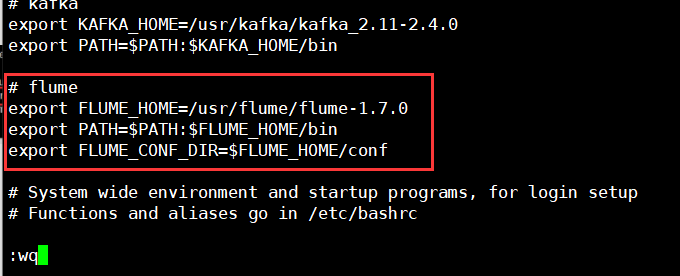拓扑排序
In this winter holiday, Bob has a plan for skiing at the mountain resort.
This ski resort has MM different ski paths and NN different flags situated at those turning points.
The ii-th path from the S_iSi-th flag to the T_iTi-th flag has length L_iLi.
Each path must follow the principal of reduction of heights and the start point must be higher than the end point strictly.
An available ski trail would start from a flag, passing through several flags along the paths, and end at another flag.
Now, you should help Bob find the longest available ski trail in the ski resort.
Input Format
The first line contains an integer TT, indicating that there are TT cases.
In each test case, the first line contains two integers NN and MM where 0 < N \leq 100000<N≤10000 and 0 < M \leq 1000000<M≤100000as described above.
Each of the following MM lines contains three integers S_iSi, T_iTi, and L_i~(0 < L_i < 1000)Li (0<Li<1000) describing a path in the ski resort.
Output Format
For each test case, ouput one integer representing the length of the longest ski trail.
样例输入
15 41 3 32 3 43 4 13 5 2
样例输出
6
题目来源
2017 ACM-ICPC 亚洲区(乌鲁木齐赛区)网络赛
最长路径:
#include
#include
#include
#include
#include
#include
#define inf 0x3f3f3f
#define ms(x) memset(x,0,sizeof(x))
#define mf(x) memset(x,-1,sizeof(x))
using namespace std;
const int N = 20002;
struct node
{
int y,z;
node() {}
node(int ty, int tz): y(ty), z(tz) {}
};
vector
int in[N];
int f[N];
int main()
{
int T;
int n,m;
scanf(“%d”,&T);
while(T—)
{
queue
ms(in);
ms(f);
int ans = 0;
scanf(“%d%d”,&n,&m);
for(int i=1; i<=n; i++)
q[i].clear();
for(int i=0; i<m; i++)
{
int x, y, z;
scanf(“%d%d%d”,&x,&y,&z);
q[x].push_back(node(y,z));
in[y]++;
}
for(int i=1; i<=n; i++)
{
if(!in[i])
que.push(i);
}
while(!que.empty())
{
int cur = que.front();
que.pop();
for(int i=0; i<q[cur].size(); i++)
{
int v = q[cur][i].y;
int w = q[cur][i].z;
f[v] = max(f[v],f[cur]+w);
ans = max(ans, f[v]);
in[v]—;
if(!in[v])
que.push(v);
}
}
cout<<ans<<endl;
}
return 0;
}



































还没有评论,来说两句吧...